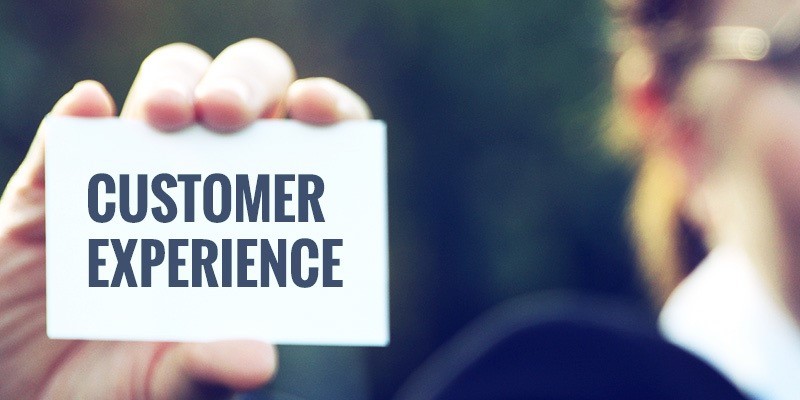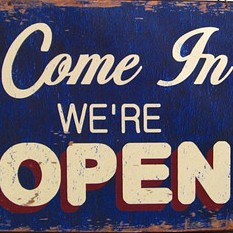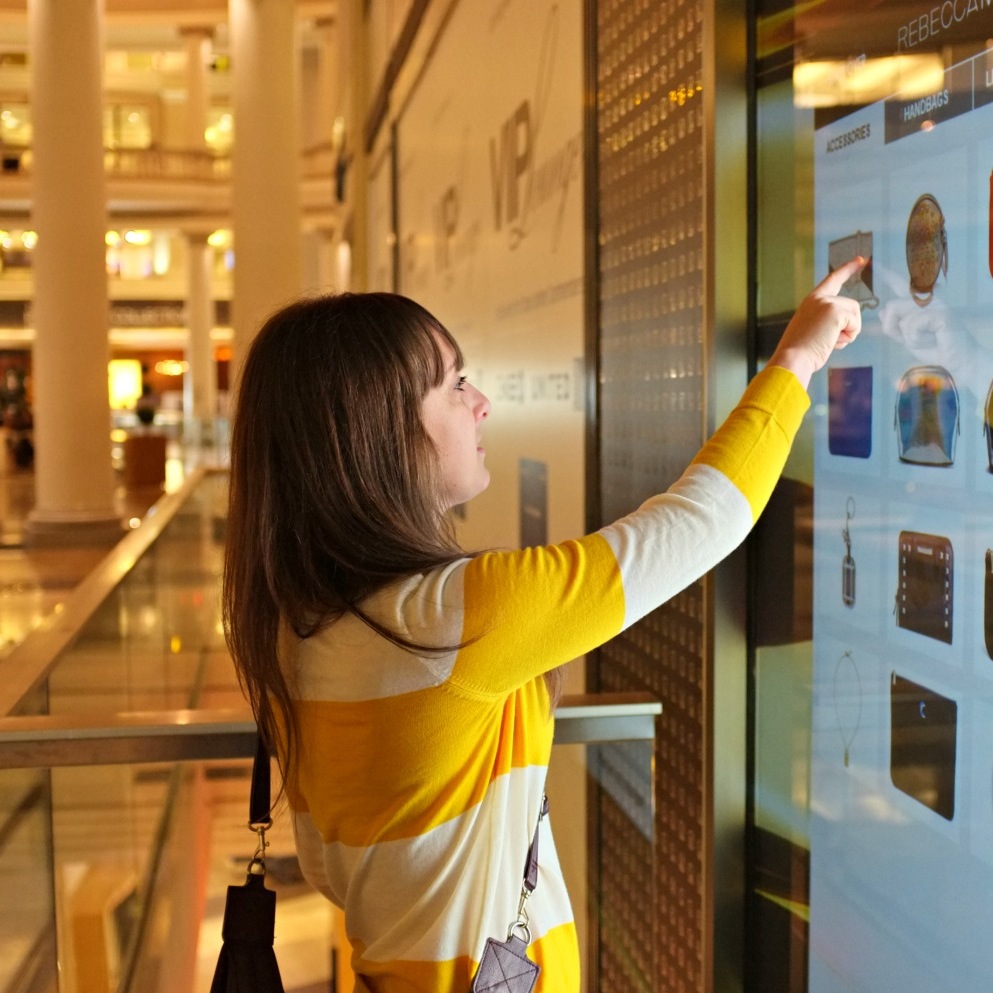A post by M’Boh ASSOUMA, MSc student in Digital Marketing @KEDGE Business School.

This story is about Channel. Channel has been a Zappos customer for a long time. She like them, she trust them and she love the fact that she can order something, and if she doesn’t like it she doesn’t have to jump through a gazillion hoops in order to return it. This is especially helpful if you have a slight shoe addiction.
On Monday, she lost her favorite sunglasses. She was at the beach and needed sunglasses. She could have hunted all over the island for someplace that sold them, but that would’ve cut into her happy time. Priorities, people.
Instead, she logged onto Zappos at 4pm the day of her unfortunate wave diving incident, and ordered a replacement pair. As soon as she hit “buy” she realized she hadn’t selected expedited delivery (which was an extra $15-25) and thought that was a stupid move on her part. She can’t swim without wearing contacts, and if she is wearing contacts, she really needs sunglasses. Surely that’s worth an extra $25, right? She immediately called Zappos’ customer service number to modify her purchase. The nice rep she got took just a minute to look up her account and said, “Well, Channel, even though you didn’t order expedited delivery, you’re a VIP customer. We upgraded you as soon as we got the order, free of charge.” Free. Expedited. Delivery. Without asking for it. Without paying for it.
She asked when it would ship and he said that it would ship on Tuesday (since the order was received late in the day) and that it would arrive on Wednesday. Perfect.
The next morning – one day later — she got up and went out for a bike ride and breakfast. When she got back to the house at a little before Noon, there was a Zappos box on the front step.
That’s not only expedited delivery, it’s how did they make this happen so fast, ridiculously awesome delivery.
Based on Channel experienc,e we have two characteristics to make great customers experience.
1-Confidence: Based on her history the company made the delivery without getting delivery cost.
2-Right moment: They deliver the product a the right moment as the know what were happened to the customer.
Then to make a good customer experience company should be able to anticipate the right moment to provide a great experience for the customer.
M’Boh ASSOUMA






